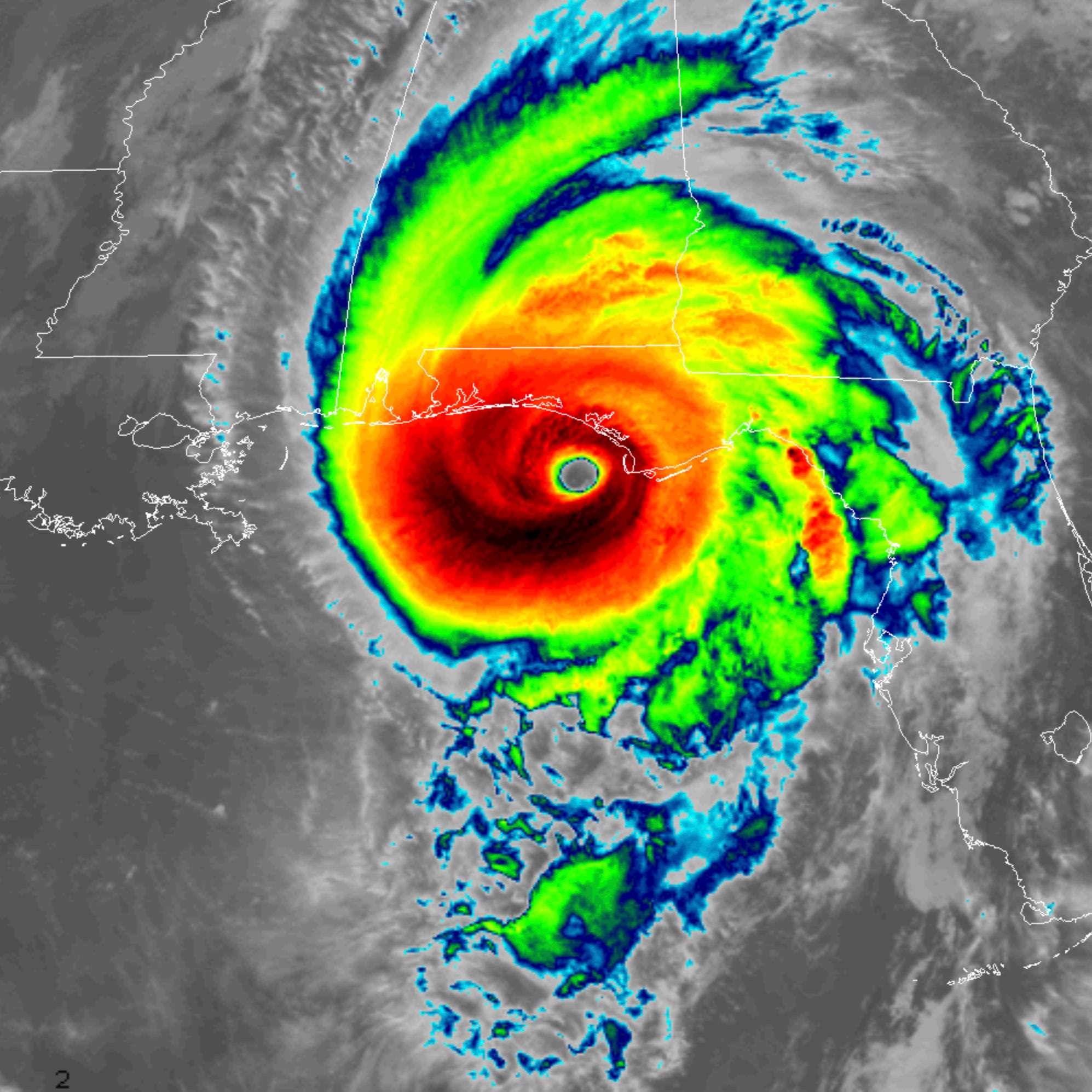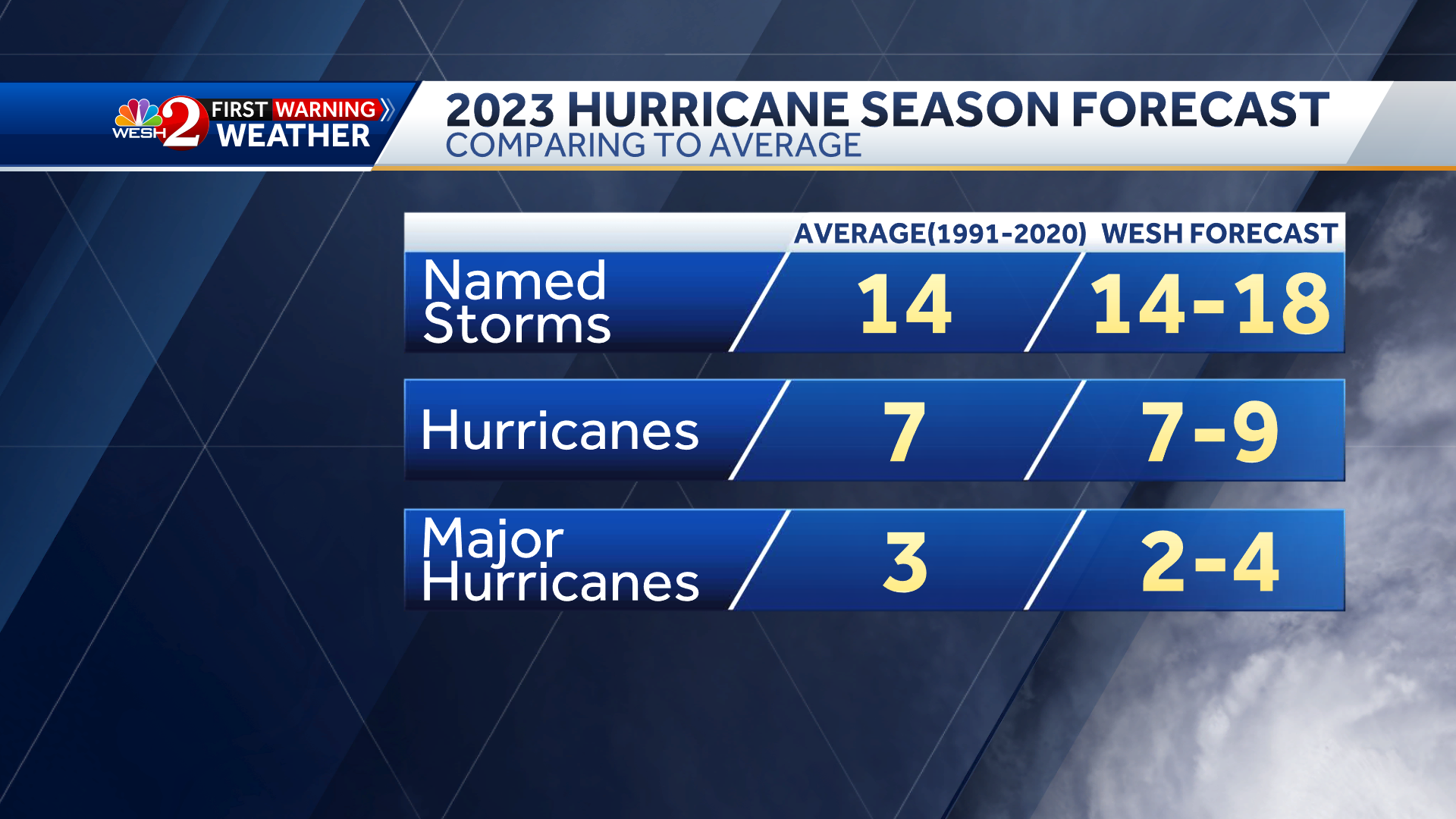Hurricane Formation and Development: Hurricane Forecast

Hurricane forecast – Hurricanes are powerful tropical cyclones that form over warm ocean waters. They are characterized by strong winds, heavy rainfall, and storm surges. Hurricanes can cause widespread damage and loss of life.
Hurricane forecasts play a crucial role in preparing for and mitigating the impact of these destructive storms. One such hurricane that made landfall in Jamaica was Hurricane Beryl. For more information on the impact of hurricane beryl jamaica , please visit the provided link.
By staying informed about hurricane forecasts, we can take proactive measures to protect ourselves and our communities from potential harm.
Meteorological Conditions Necessary for Hurricane Formation
Several meteorological conditions are necessary for hurricane formation. These include:
- Warm ocean waters: Hurricanes require warm ocean waters to form. The water temperature must be at least 80 degrees Fahrenheit (27 degrees Celsius) for hurricane formation to occur.
- Low wind shear: Wind shear is the difference in wind speed and direction between two levels of the atmosphere. High wind shear can disrupt the formation of hurricanes.
- Pre-existing atmospheric disturbance: Hurricanes often form from pre-existing atmospheric disturbances, such as tropical waves or thunderstorms.
Stages of Hurricane Development
Hurricanes develop through a series of stages. These stages are:
- Tropical disturbance: A tropical disturbance is an organized area of thunderstorms that has a defined circulation. Tropical disturbances can develop into tropical depressions or tropical storms.
- Tropical depression: A tropical depression is a tropical disturbance with a closed circulation and maximum sustained winds of less than 39 miles per hour (63 kilometers per hour).
- Tropical storm: A tropical storm is a tropical depression with maximum sustained winds of 39 miles per hour (63 kilometers per hour) or higher.
- Hurricane: A hurricane is a tropical storm with maximum sustained winds of 74 miles per hour (119 kilometers per hour) or higher.
Hurricanes can reach Category 5, the highest category on the Saffir-Simpson Hurricane Wind Scale. Category 5 hurricanes have maximum sustained winds of 157 miles per hour (252 kilometers per hour) or higher.
Diagram of Hurricane Development Process
The following diagram illustrates the hurricane development process:

To predict the path of a hurricane, meteorologists rely on spaghetti models, which are computer simulations that generate multiple possible tracks. These models, like the beryl spaghetti models , provide a range of potential outcomes, helping forecasters to anticipate the storm’s movement and prepare for its impact.
Hurricane Forecasting Techniques

Hurricane forecasting is a complex and challenging task, but it is essential for protecting lives and property. Forecasters use a variety of methods to predict the track and intensity of hurricanes, including weather satellites, radar, and computer models.
Weather Satellites
Weather satellites are used to track the movement of hurricanes and to measure their wind speeds and atmospheric pressure. Satellites can also provide valuable information about the structure of hurricanes, such as the location of the eyewall and the size of the storm.
Radar
Radar is used to track the movement of hurricanes and to measure their precipitation rates. Radar can also provide information about the intensity of hurricanes, such as the maximum wind speeds and the size of the storm.
Computer Models
Computer models are used to predict the track and intensity of hurricanes. These models take into account a variety of factors, such as the atmospheric pressure, wind speeds, and ocean temperatures. Computer models can be very accurate, but they can also be limited by the quality of the data that they are based on.
Challenges and Limitations of Hurricane Forecasting
Hurricane forecasting is a complex and challenging task, and there are a number of factors that can limit the accuracy of forecasts. These factors include:
- The chaotic nature of hurricanes. Hurricanes are complex systems that are constantly changing, and this can make it difficult to predict their behavior.
- The lack of data. There is a lack of data on hurricanes, especially in the tropics. This can make it difficult to develop accurate forecast models.
- The limitations of computer models. Computer models are only as good as the data that they are based on, and this can limit their accuracy.
Hurricane Impacts and Preparedness

Hurricanes, with their formidable force, can unleash a devastating array of impacts. Understanding these potential hazards is crucial for effective preparedness and response. The most significant threats posed by hurricanes include storm surge, flooding, and wind damage.
Storm surge, a wall of water driven ashore by the hurricane’s winds, can inundate coastal areas, causing catastrophic flooding and erosion. Flooding from heavy rainfall can also cripple inland regions, leading to infrastructure damage, transportation disruptions, and hazardous conditions.
Hurricanes also bring ferocious winds that can shatter windows, topple trees, and cause widespread power outages. These winds can also generate dangerous projectiles, such as debris and roofing materials, posing a significant risk to life and property.
Hurricane Preparedness
Preparing for a hurricane is essential to minimize its potential impacts. Evacuation plans should be developed and practiced in advance, identifying safe evacuation routes and designated shelters.
Emergency supplies should include non-perishable food, water, a first-aid kit, essential medications, flashlights, batteries, and important documents. It’s also crucial to have a battery-powered radio for weather updates and emergency announcements.
Government and Disaster Relief Organizations, Hurricane forecast
Government agencies and disaster relief organizations play a vital role in hurricane response. Local, state, and federal agencies coordinate emergency management efforts, providing resources and support to affected communities.
Disaster relief organizations, such as the Red Cross and Salvation Army, provide essential services like food, shelter, and medical assistance to those impacted by hurricanes. These organizations work tirelessly to alleviate suffering and promote recovery.